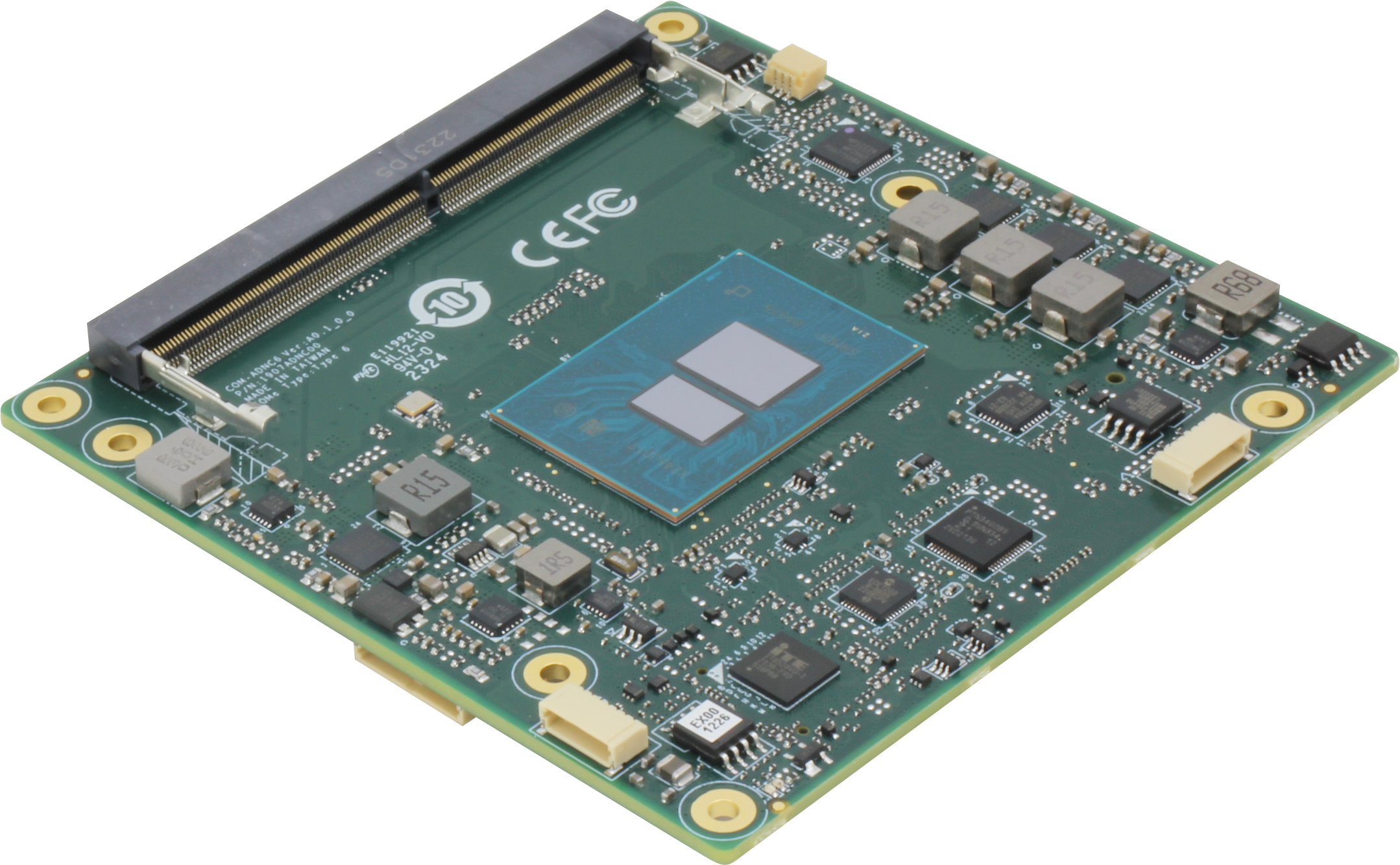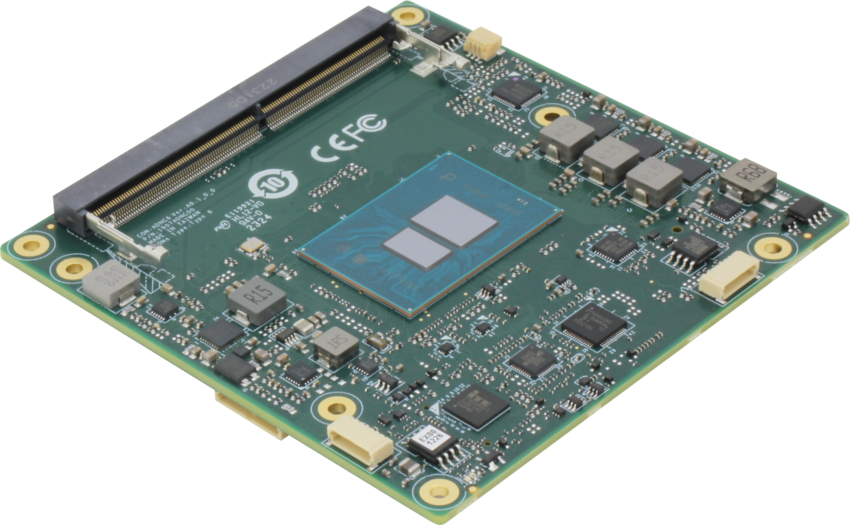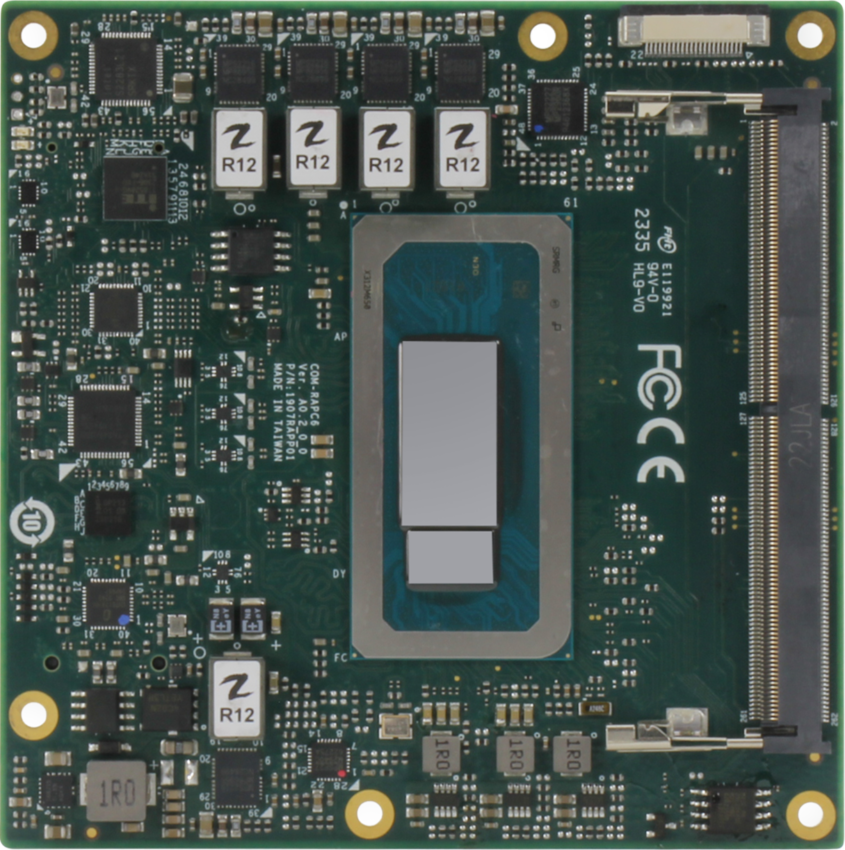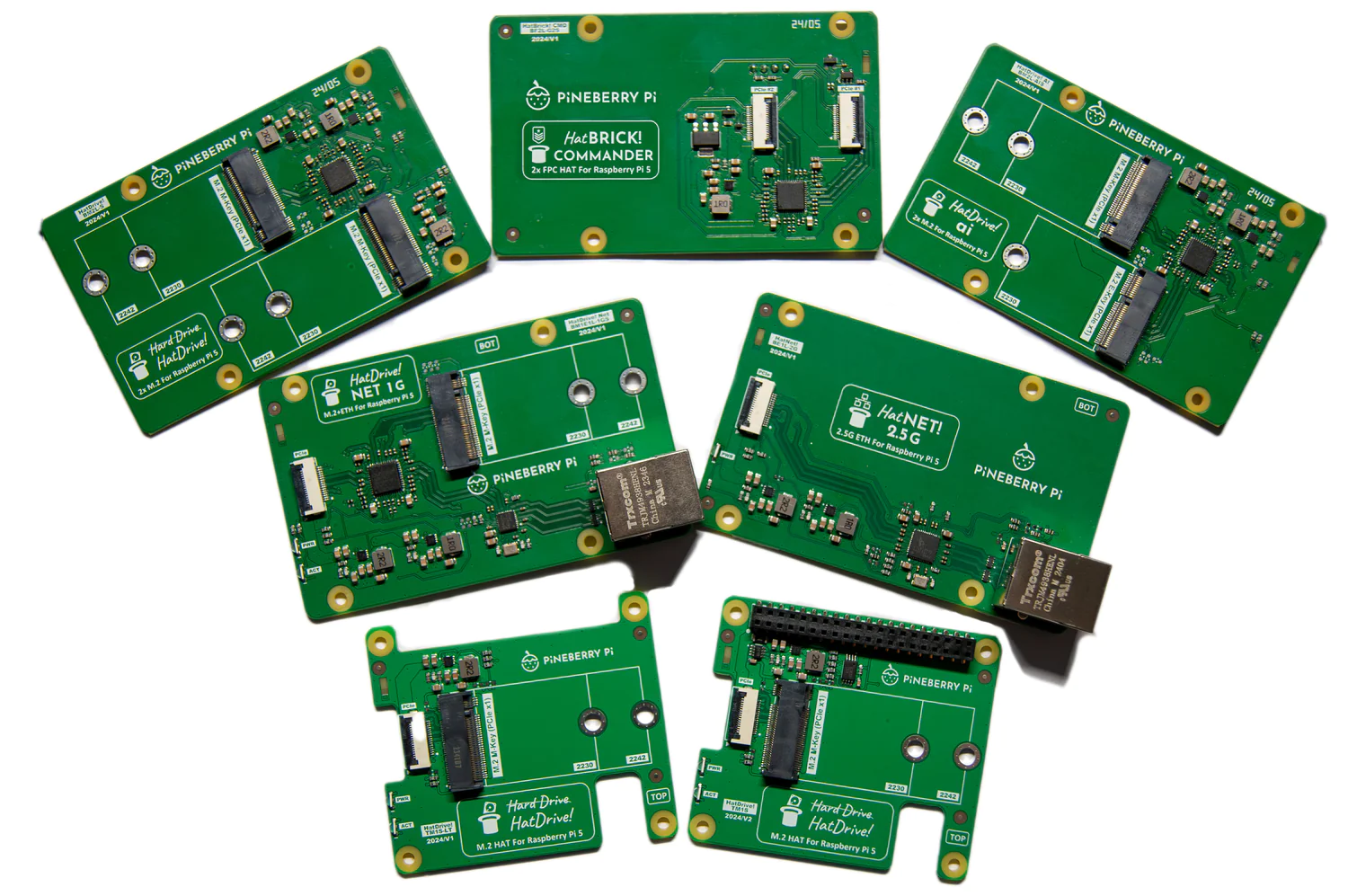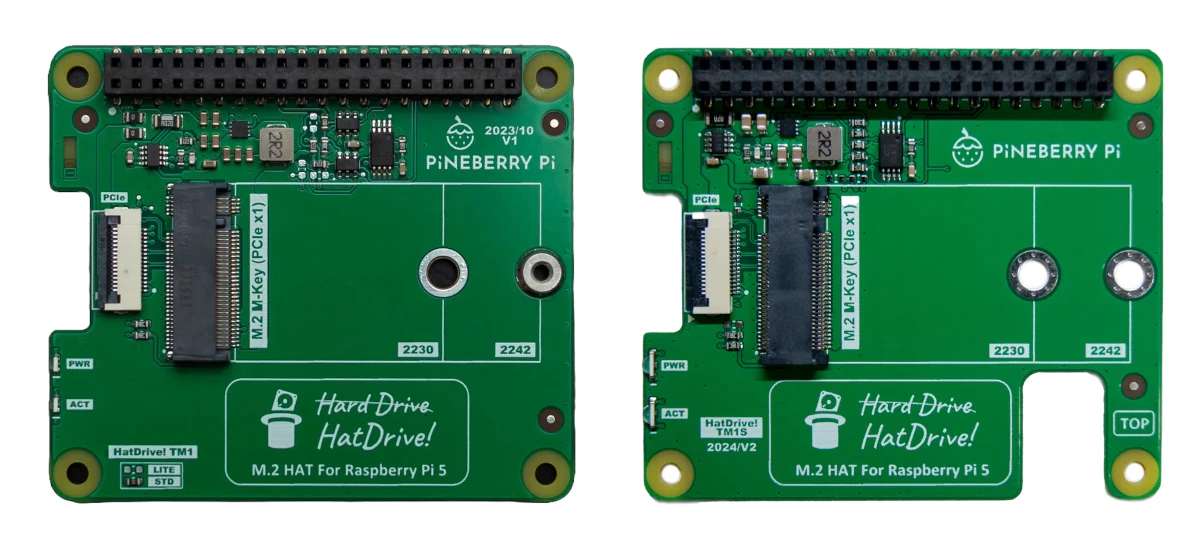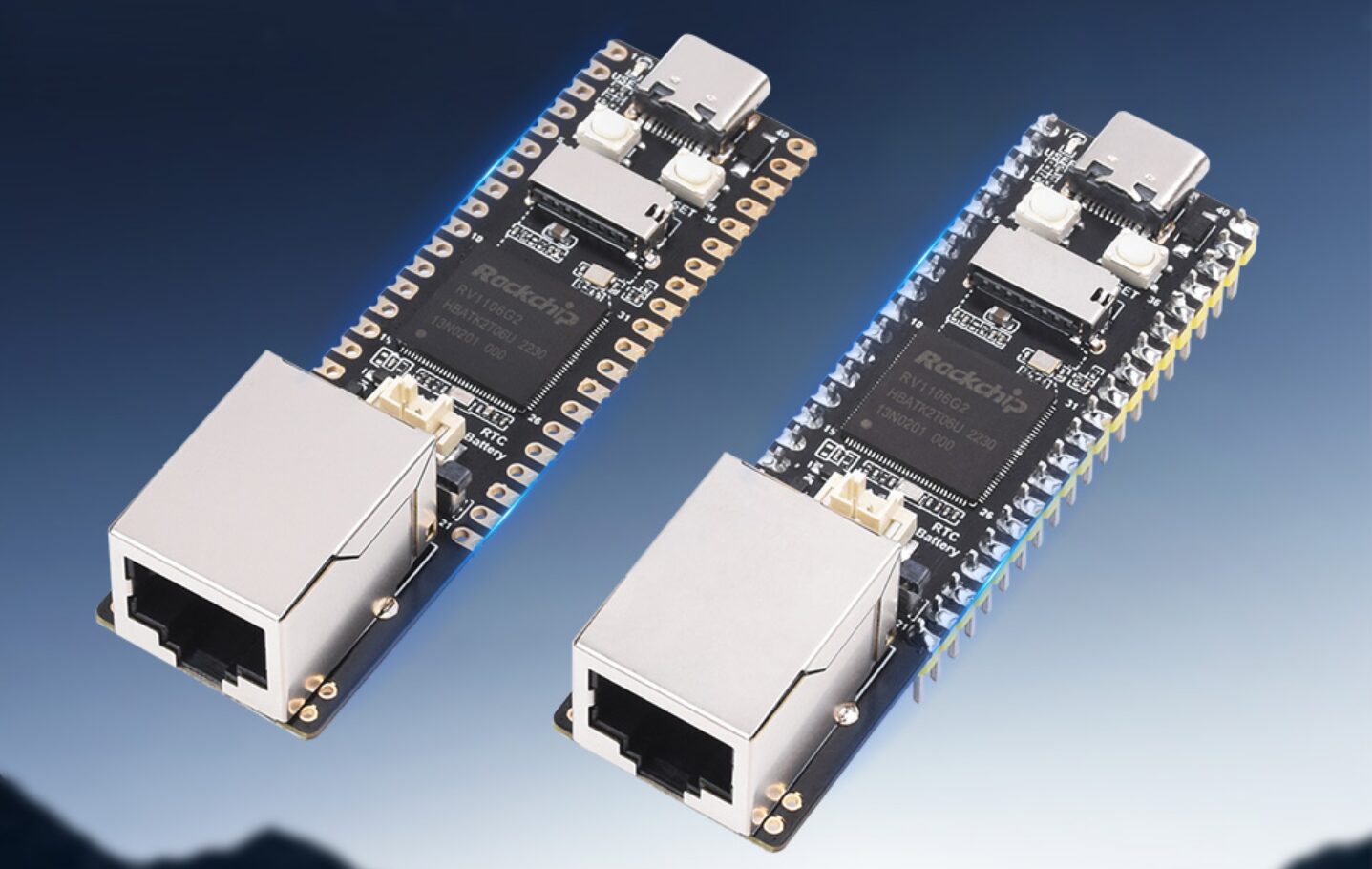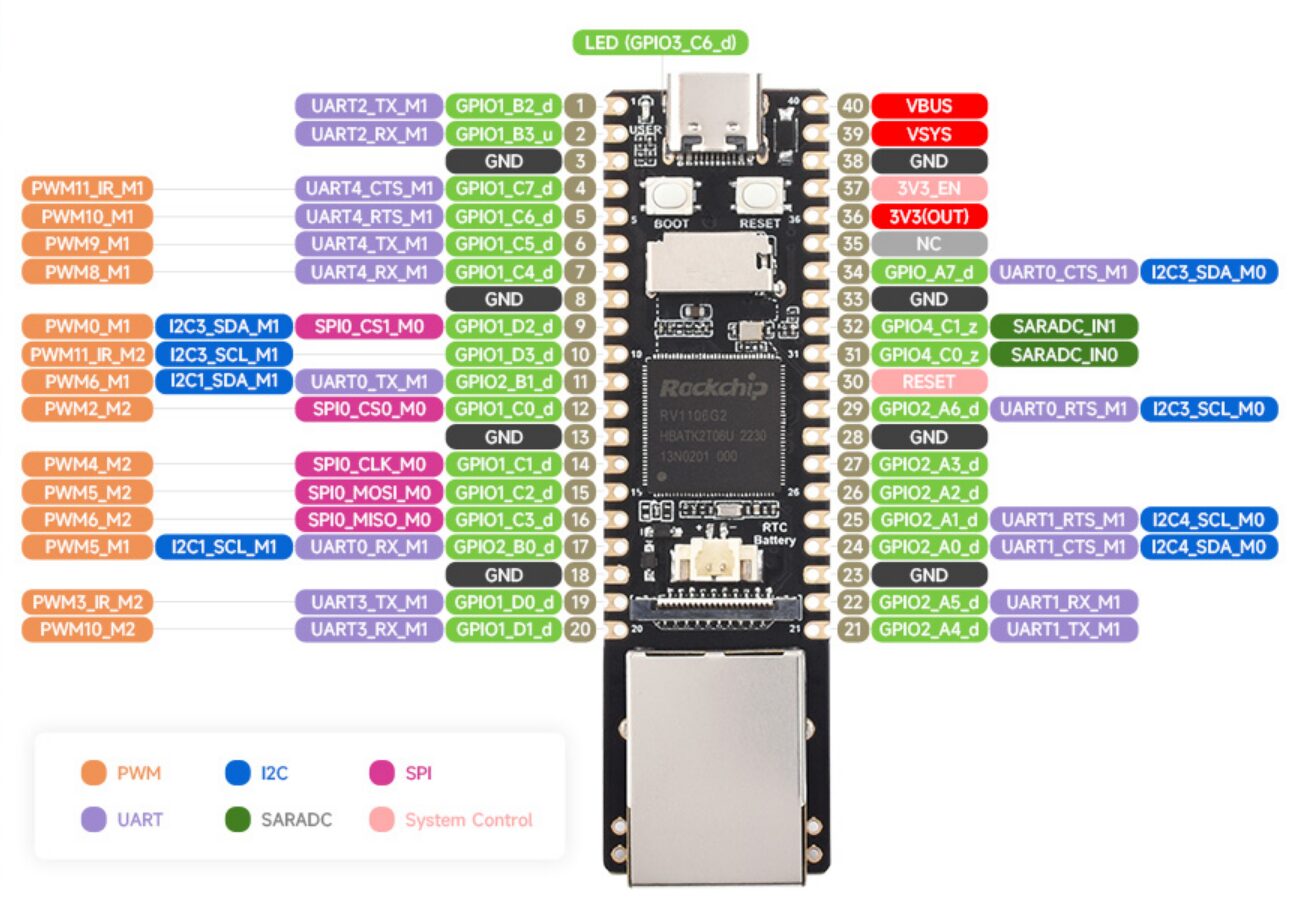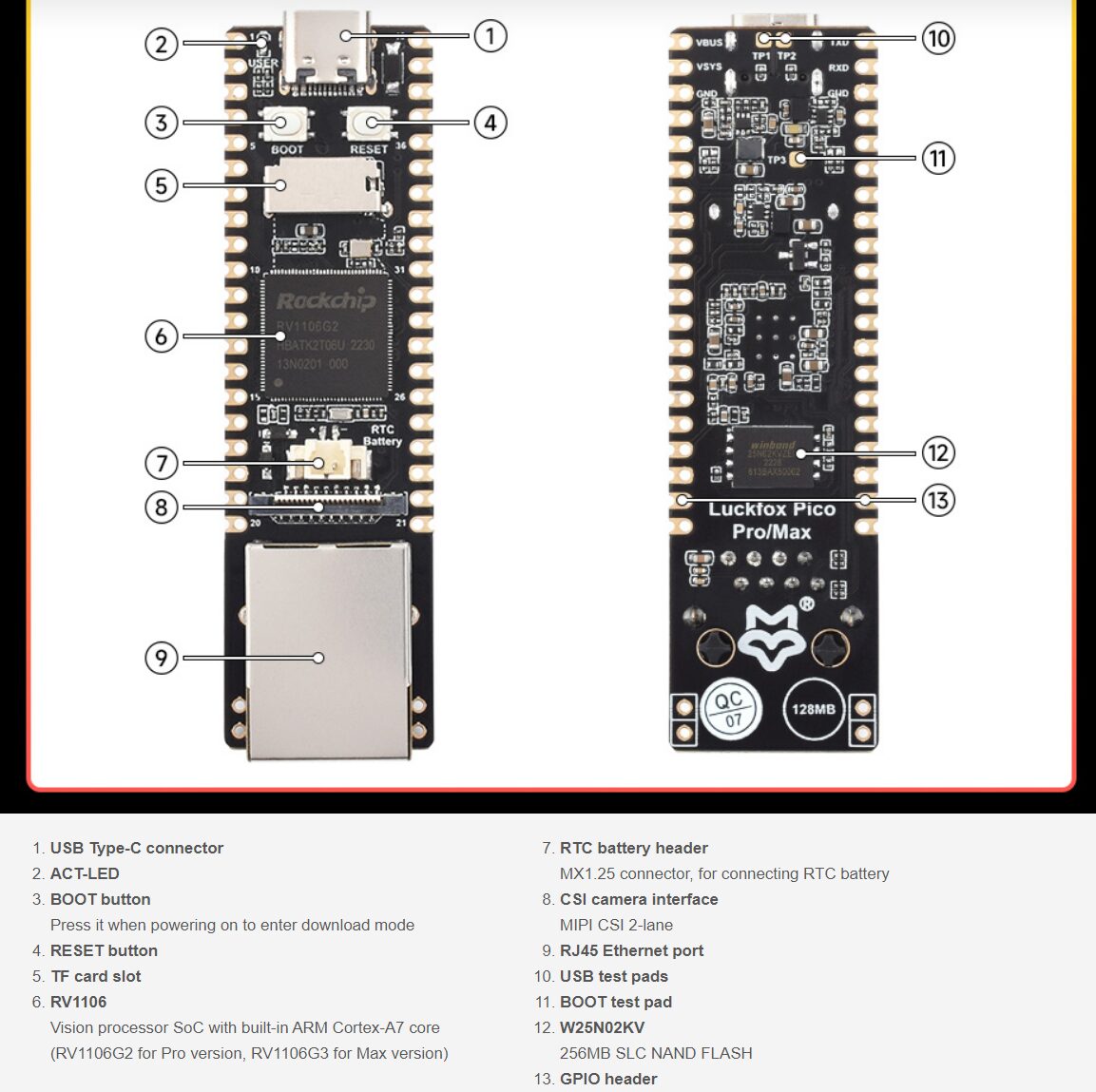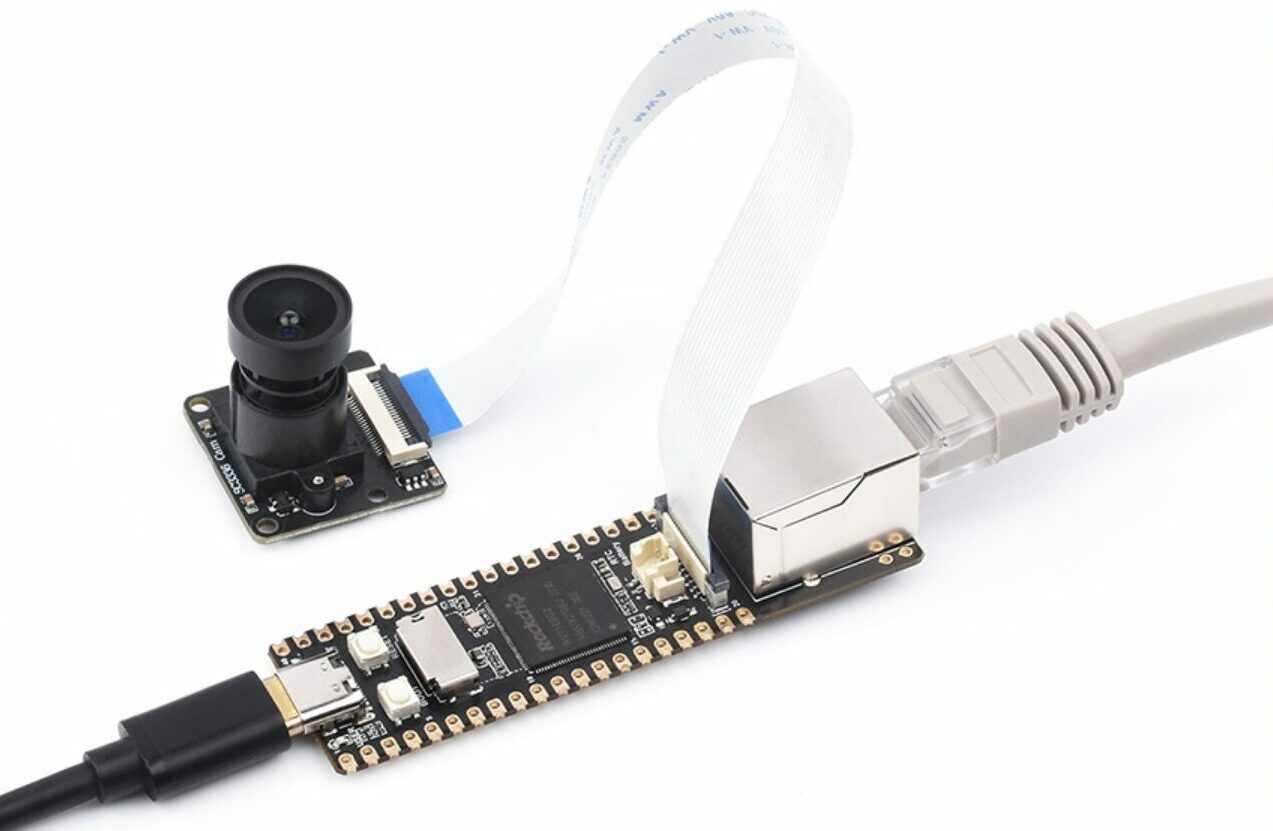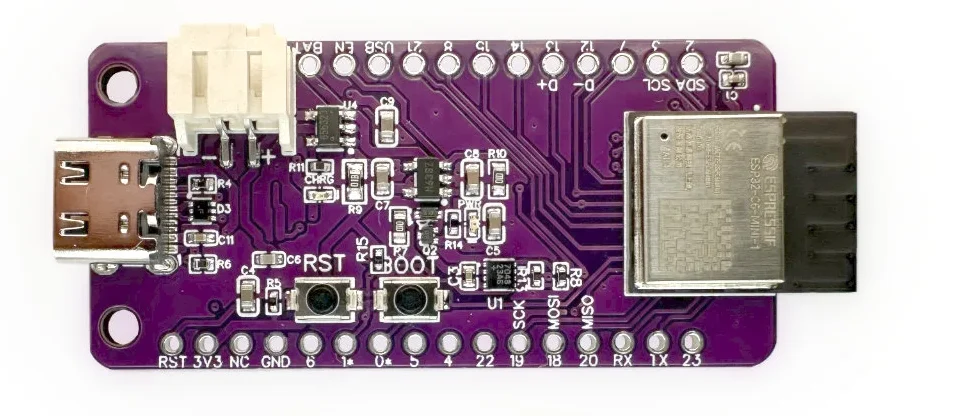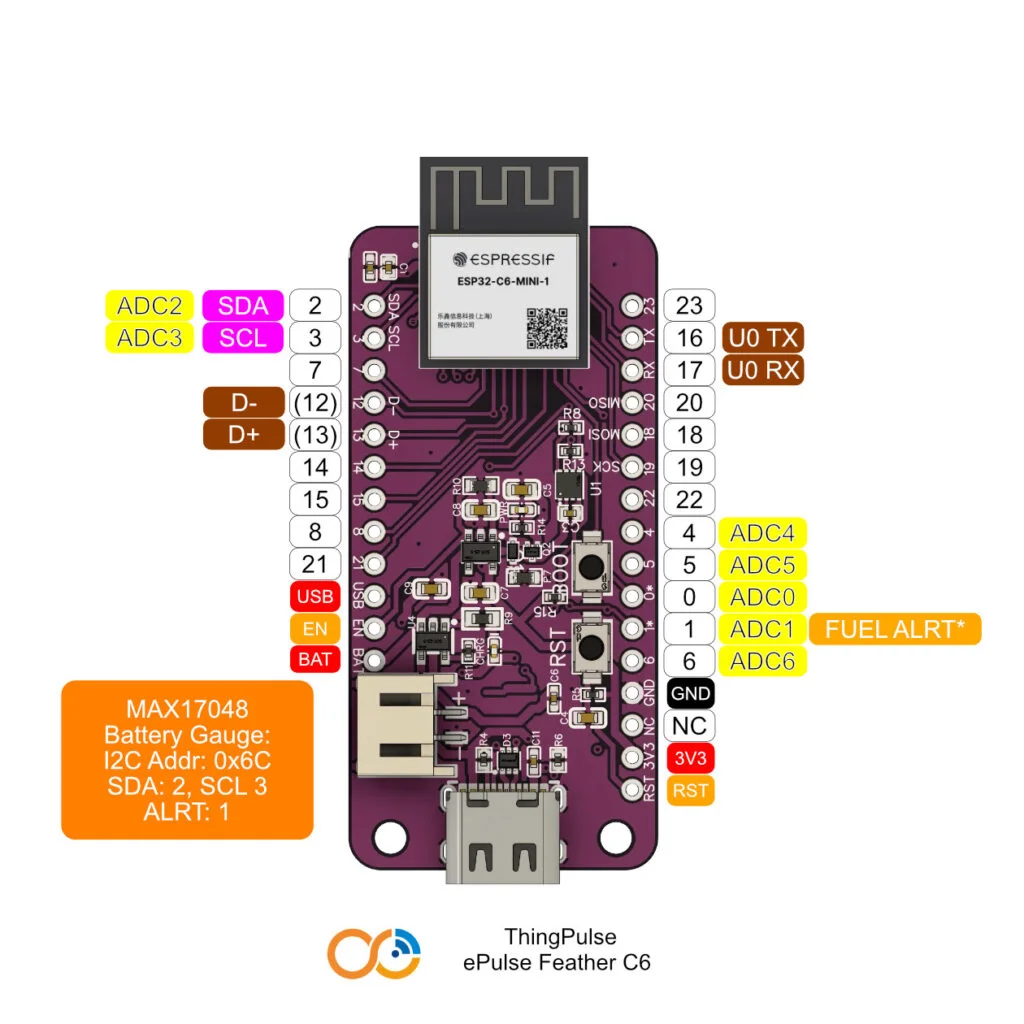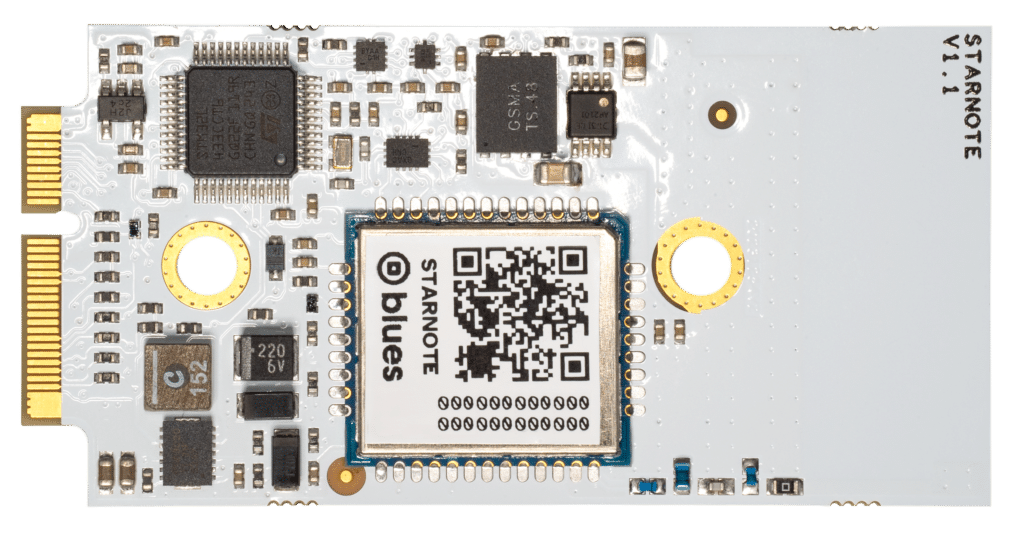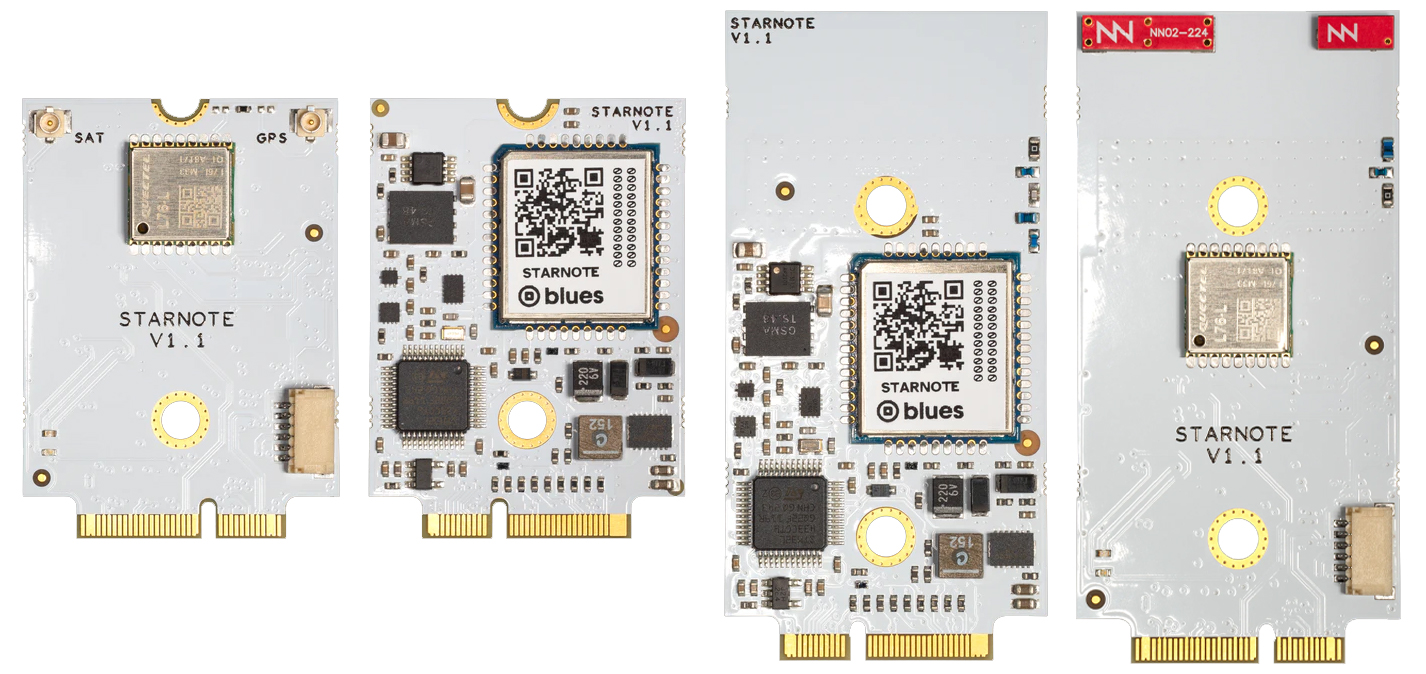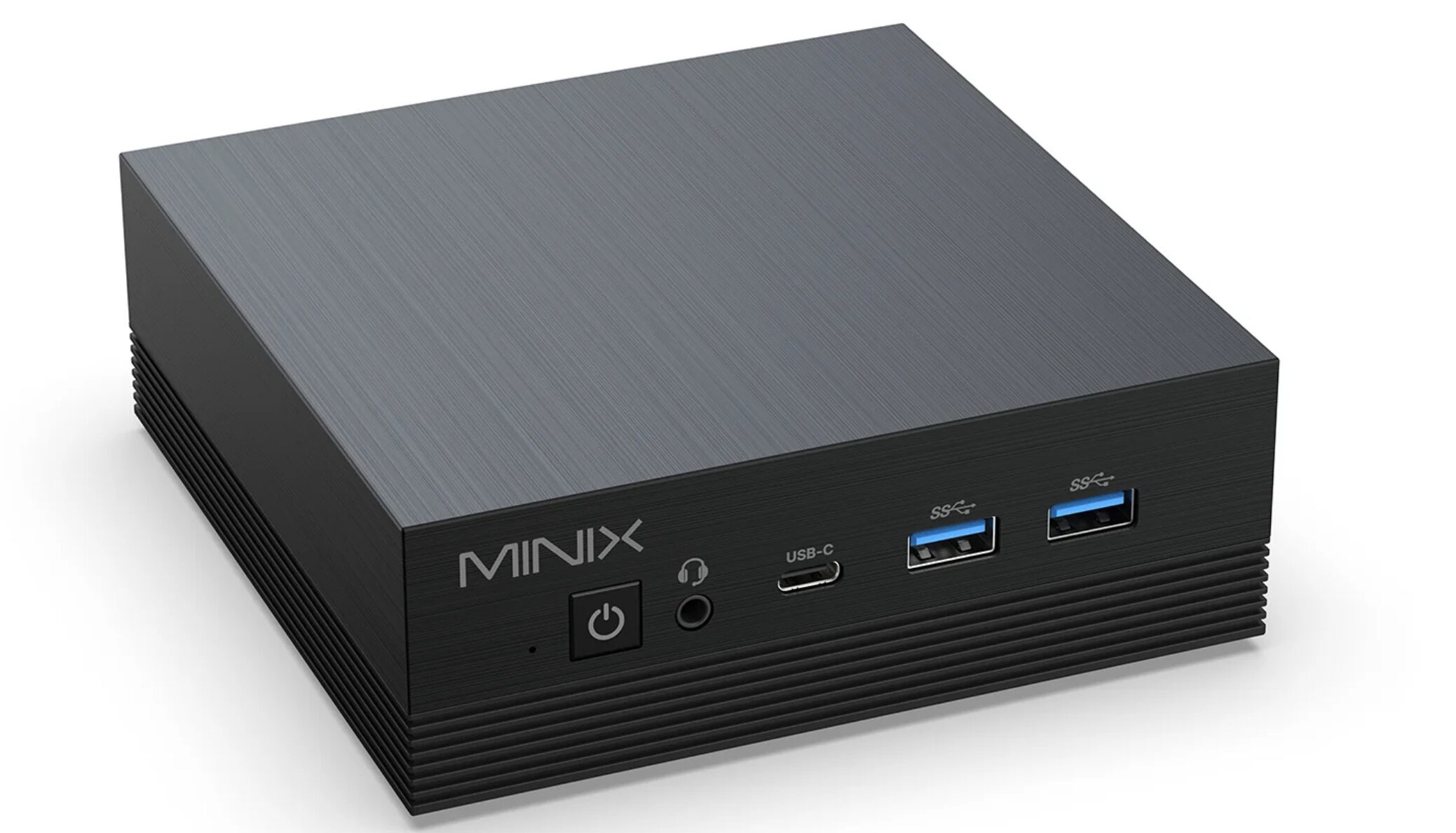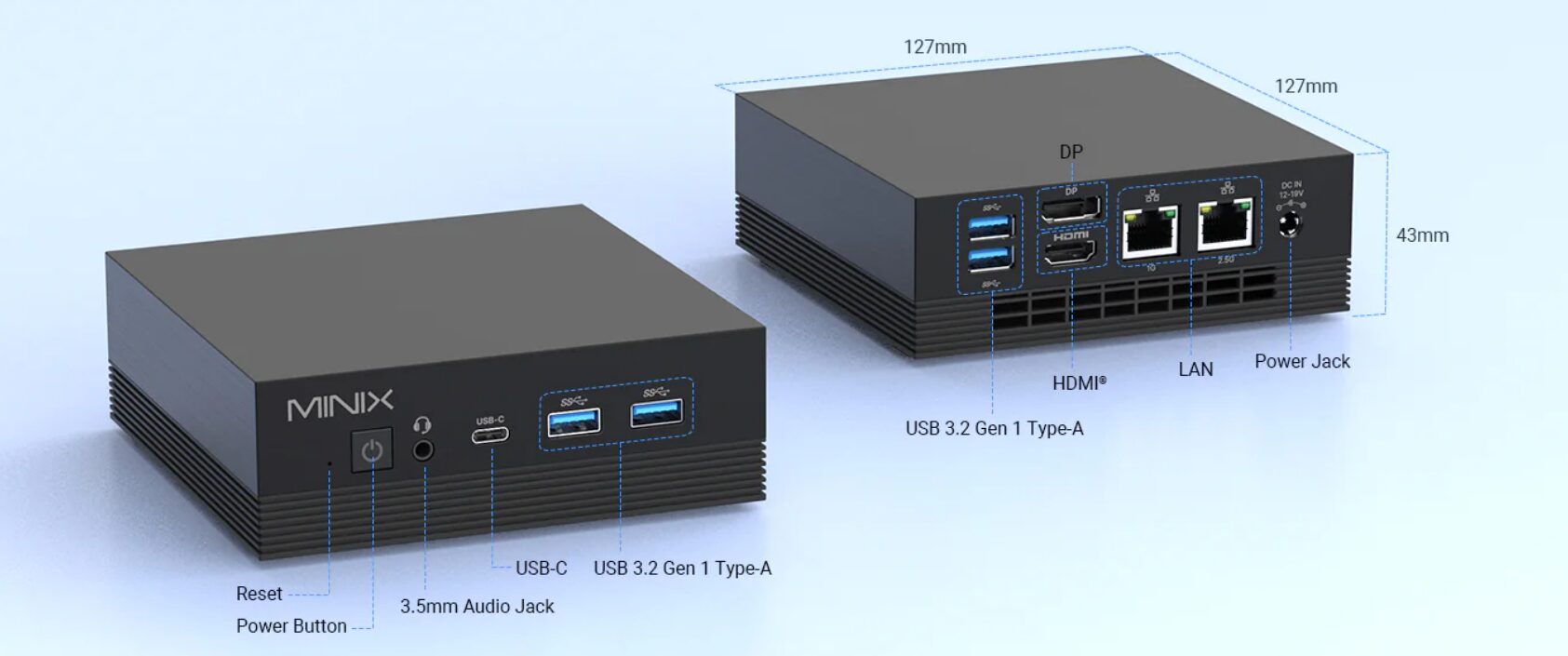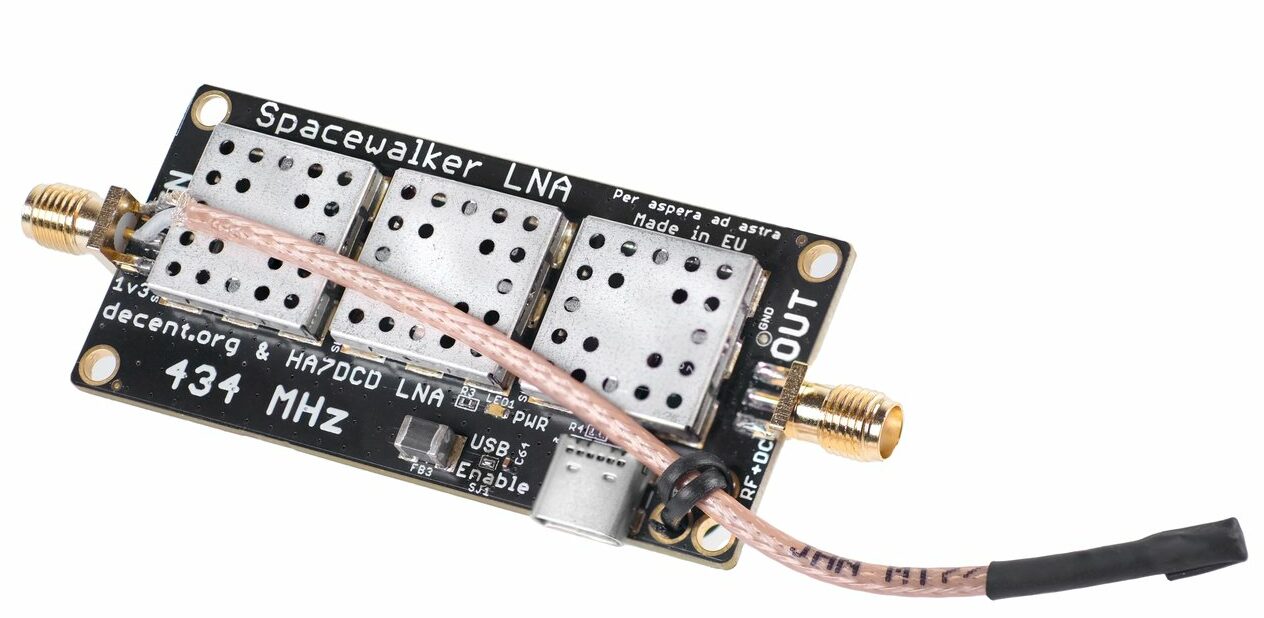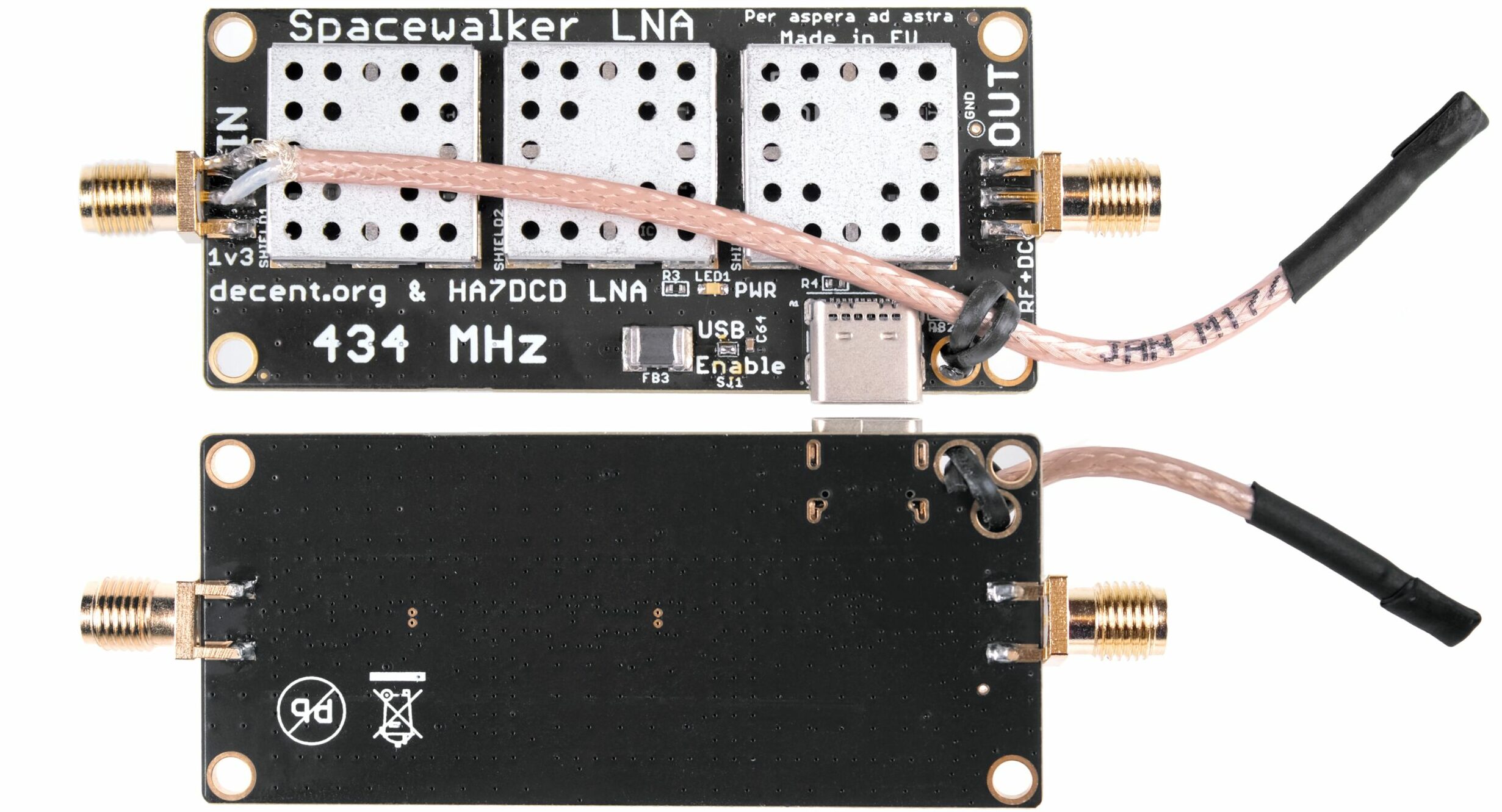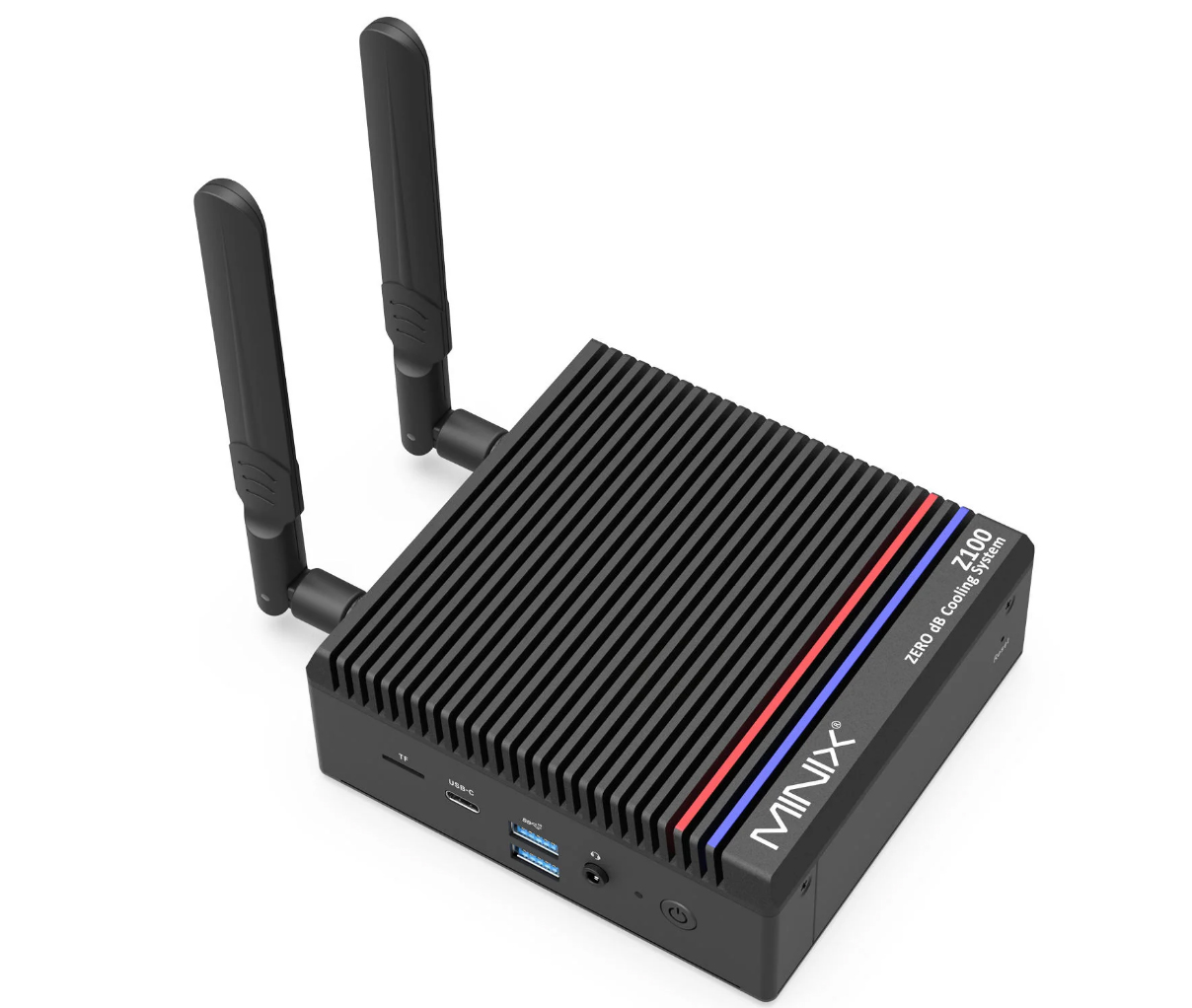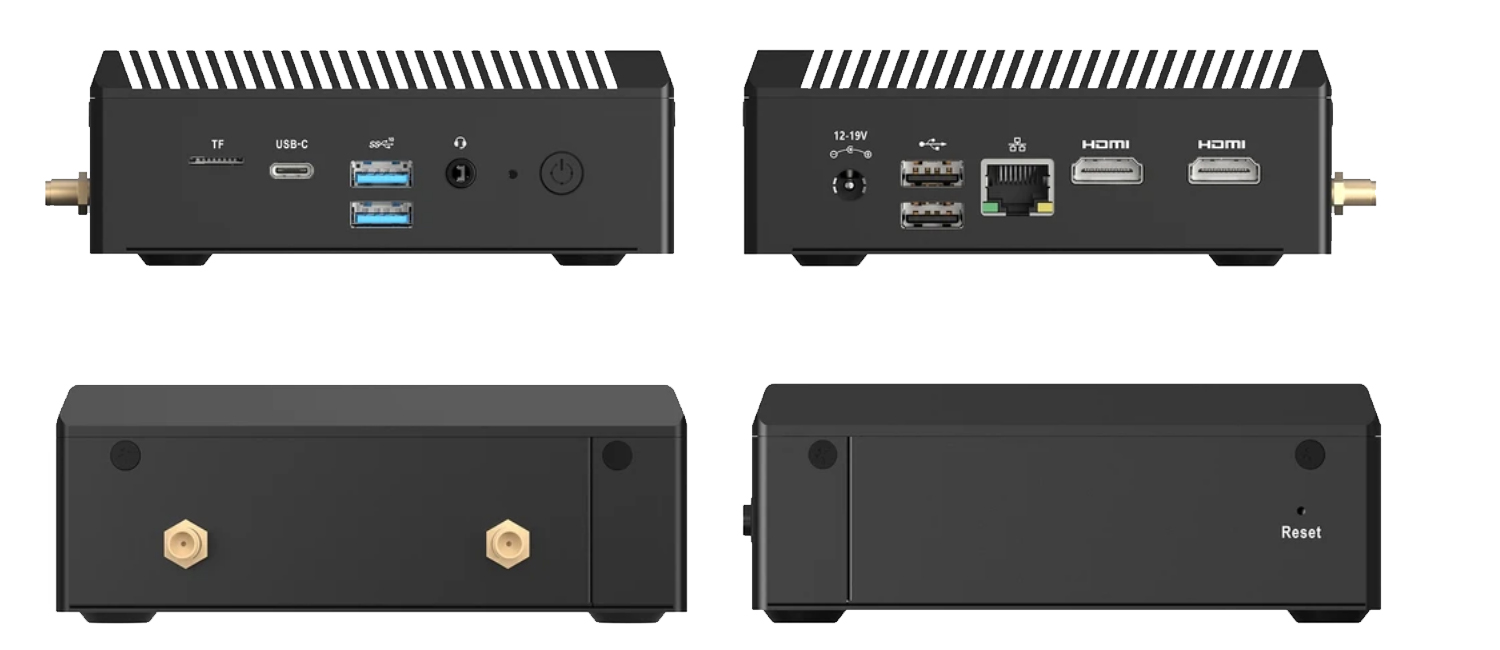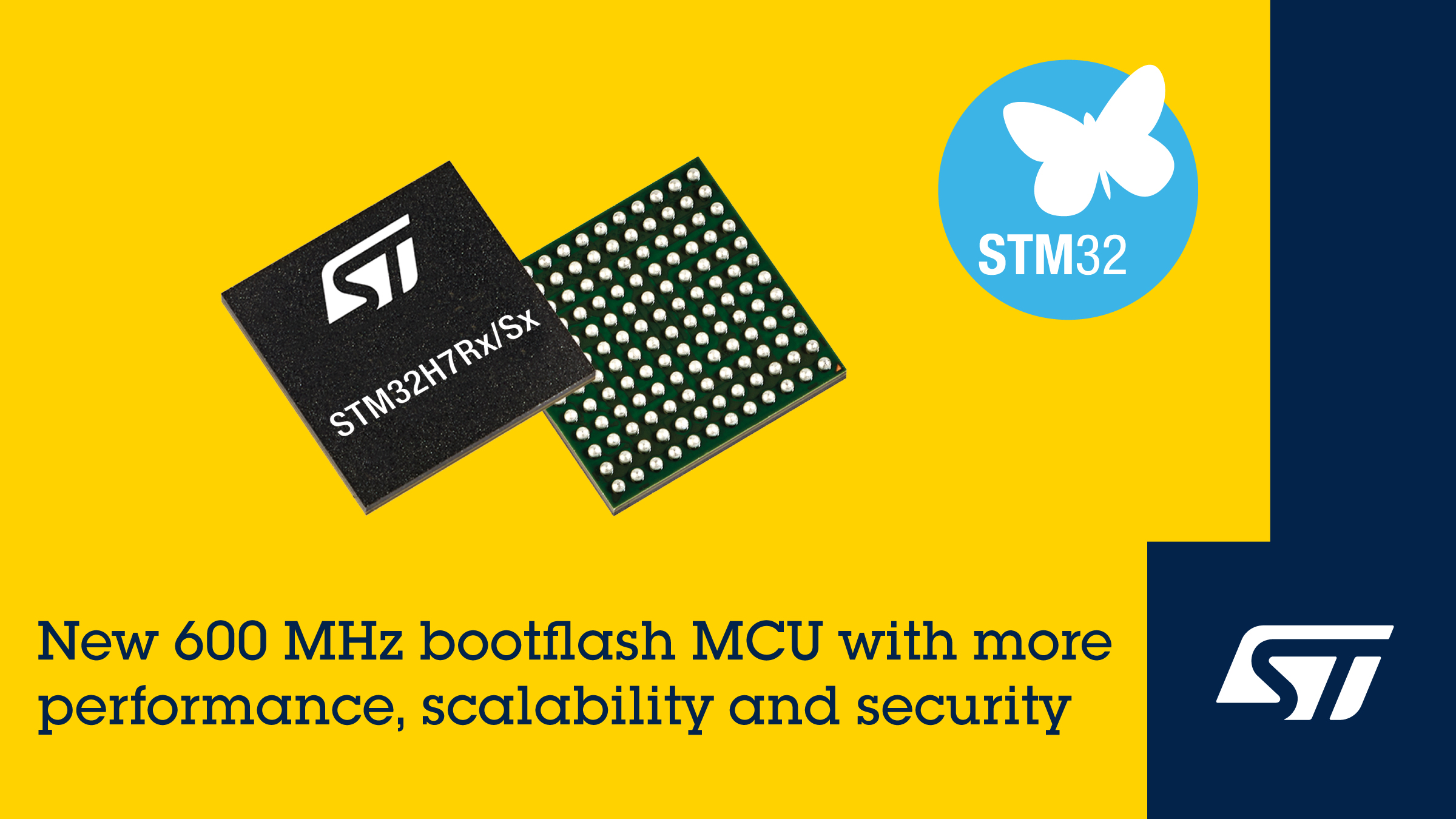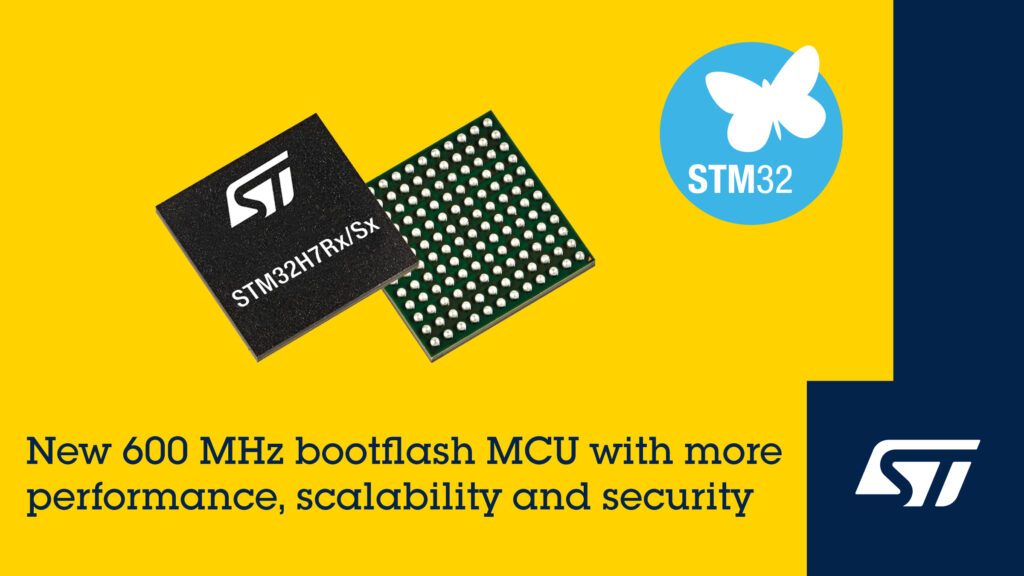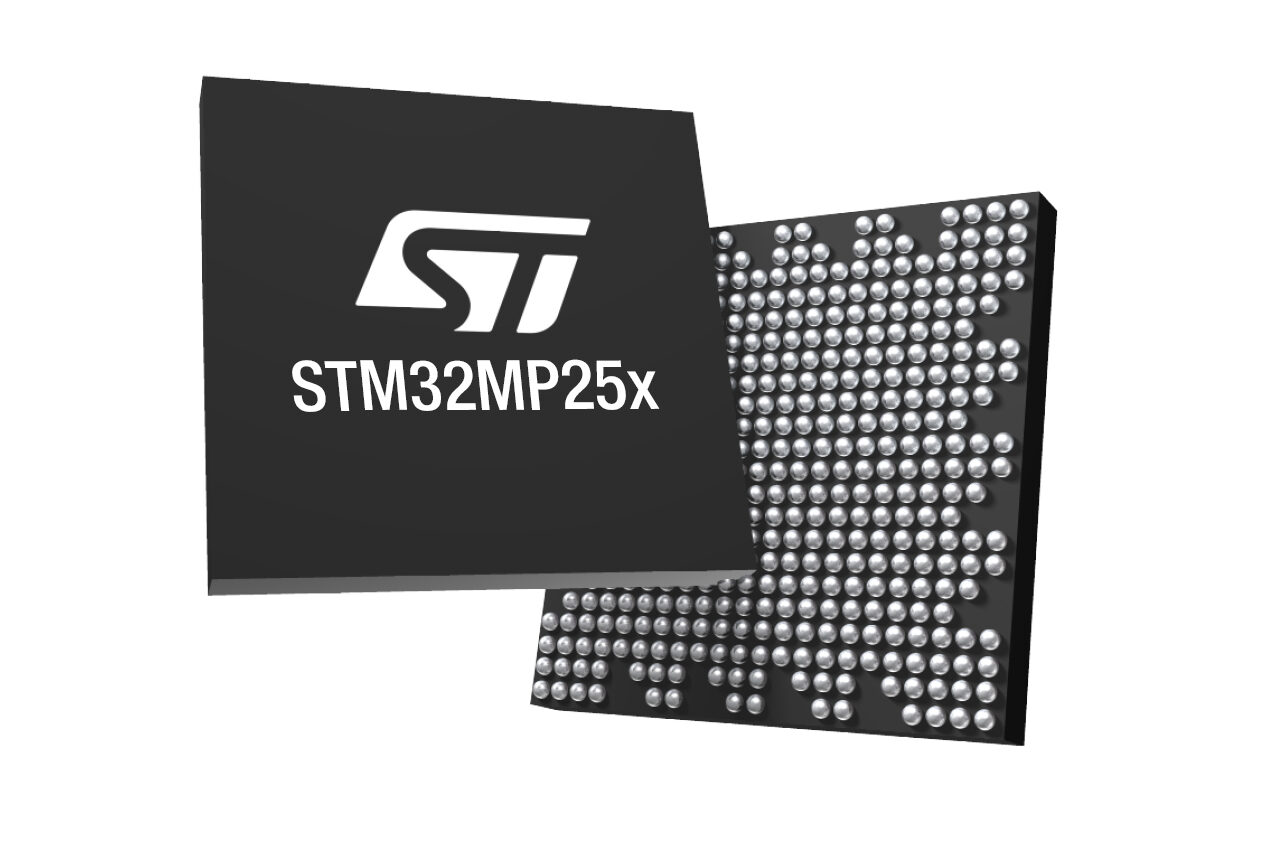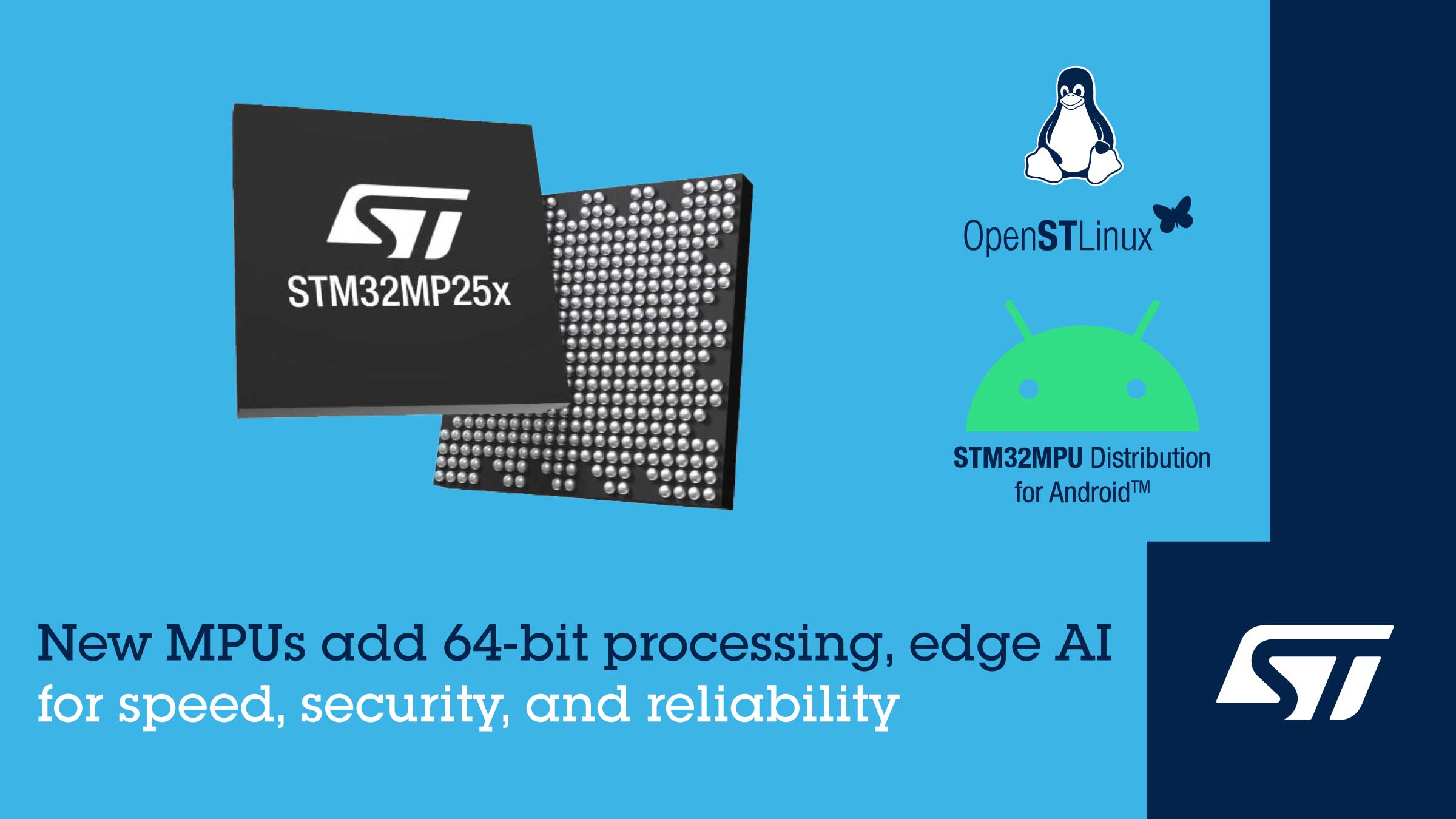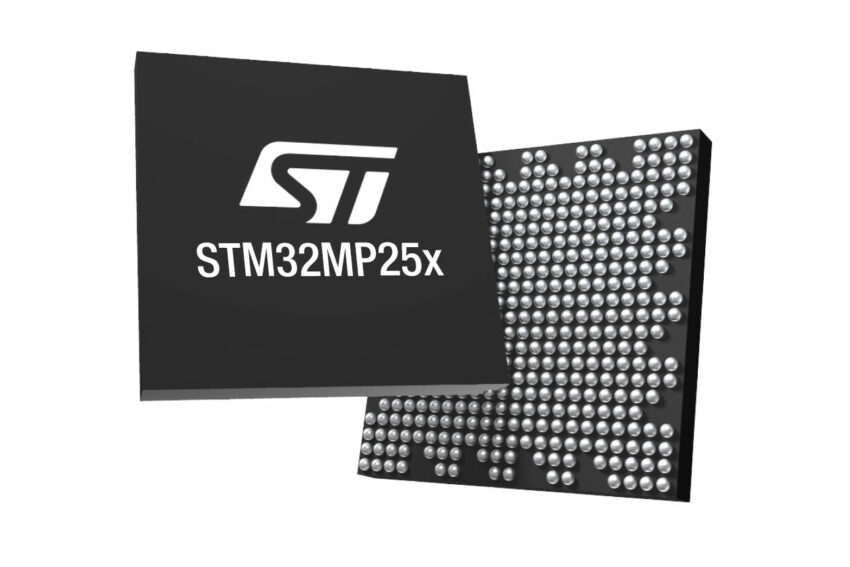The COM-RAPC6 and COM-ADNC6 offer diverse processor lineups, exceptionally versatile interfaces, and wide-temperature operation for the needs of any industrial project.
AAEON, a leading provider of Computer-on-Modules, has today announced the launch of two new COM Express Type 6 Compact Size solutions, the COM-RAPC6 and COM-ADNC6.
Targeting the advanced robotics and edge gateway markets, the COM-RAPC6 is compatible with a variety of embedded CPUs from the 13th Generation Intel® Core™ Processor line on a compact 95mm x 95mm form factor. The module gives customers a range of SKUs from the 13th Generation series, from the efficient 15W Intel® Processor U300E to 13th Generation Intel® Core™ i7 Processors, running at 45W. This grants users up to 14 (6P/8E) cores and 20 threads of processing power alongside technologies for the acceleration of deep learning inference workloads and I/O device virtualization.
With the COM-RAPC6 clearly favoring high performance, AAEON’s second addition to its COM Express Type 6 product line, the COM-ADNC6, focuses on efficiency. The COM-ADNC6 offers a selection of embedded CPUs from the Intel Atom® X Series, Intel® Processor N-series, and the Intel® Core™ i3-N305 alongside 16GB of SODIMM-based LPDDR5 system memory. Given its compatible CPUs are comparable to the Intel Atom® Processor E and Intel® Celeron® Processor J Series CPUs in power consumption, but with far greater performance, the COM-ADNC6 is positioned as a natural successor to the COM-BT.
Equipped with such high processing capacity, the COM-RAPC6 is able to host up to six PCIe modules. With four single-lane PCIe slots alongside another two equipped with eight and four lanes, the COM-RAPC6 is able to handle advanced graphics card installation for multi-LAN expansion. Such operation is boosted by up to 64GB of SODIMM-based DDR5 memory, which provides flexible, high-bandwidth system memory.
Much like the COM-RAPC6, the COM-ADNC6 also offers a range of PCIe expansion options, able to accommodate either four single-lane or two dual-lane PCIe expansion cards. Consequently, AAEON has earmarked the COM-ADNC6 as a good option for industrial control solutions, such as programmable logic controller applications, particularly given the additional functionality offered by its LPC and the security offered by onboard TPM 2.0.
The COM-RAPC6 offers a total of five display outputs, comprised of three DDI (4K @120Hz), VGA (1920 x 1080) and eDP (4K @60Hz) co-layed with single or dual-channel LVDS (1920 x 1080) to achieve four simultaneous displays.
Such a configuration is boosted by Intel® Iris® Xe Graphics or Intel® UHD Graphics for 13th Gen Intel® Processors, depending on the SKU. Meanwhile, the COM-ADNC6 provides eDP (4K @60Hz) co-layed with single or dual-channel LVDS (1920 x 1080) alongside two DP connectors for 4K display at 144Hz.
COM-RAPC6 Highlights:
- 13th Gen Intel Core i7 support (45W)
- Up to 6 PCIe ([x8] x 1, [x4] x 1, [x1] x 4)
- 64GB of SODIMM-based DDR5
COM-ADNC6 Highlights:
- Efficient 6W~15W CPU SKUs from across the Alder Lake N series
- 2-wire UART, 8-bit GPIO, SMBus, and LPC expansion.
- DP x 2, LVDS/eDP colay
Onboard communication protocols for both modules come in the form of a 2-wire UART, 8-bit GPIO, and SMBus. A variety of other functions are available via LPC connectors, with which multiple serial port functions can be accessed.
The two boards share a number of features that make them conducive to industrial environments, such as wide-temperature SKUs able to reliably operate in a -40°C to 85°C window, while for storage both support two SATA at 6Gb/s. This flexibility is further reflected in the modules’ remaining onboard interfaces, with LAN connectors for the Intel® Ethernet Controller I226 Series platform running at 2.5GbE speeds, a variety of USB connectors, and high-definition audio output.
Pricing can be found via the eShop: https://eshop.aaeon.com/embedded-single-board-computers.html?Form_Factor=41, with the COM-ADNC6 priced from US$216 to US$400 and the COM-RAPC6 ranging from US$354.00 to US$1,208.00, depending on the SKU chosen.
For more information about the COM-RAPC6 and COM-ADNC6, please visit the COM Express Modules lineup on the AAEON website, or contact an AAEON representative directly.


